

| The battle of Gallipoli | |
Eceabat (Turkey), January 25th 2014
|
|
|
|
|
The First World War, also known as the Great War, was a world war mainly centred in Europe that began on July 28, 1914 and lasted until November 11, 1918. What the exact reason of the war was, is often still a matter of debate among experts. In general, they agree that an increasing degree of radical nationalism in different countries and regions of Europe, is the main cause of WWI. But also the rise of militarism, strengthened by an acceleration of developments in the field of weaponry, including a new type of warship with tremendous firing power, was a driving force behind the emerging war drift.
|
|
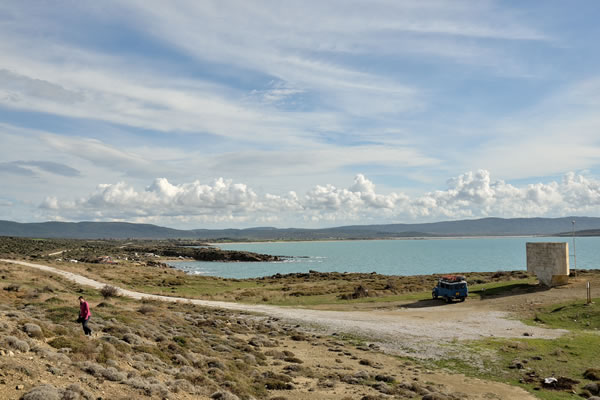 |
|
Suvla Bay, one of the places where the allied forces came on land |
|
The British and the French undertook an expedition in 1915 to the Bosporus, to force a passage to their Russian allies and to get rid of the Ottoman Empire as an ally of the Germans. The idea was to get the so-called Dardanelles Strait in hands This is the access from the Mediterranean Sea to the Sea of Marmara, the Bosphorus (and consequently Istanbul), and eventually the Black Sea. So with capturing the Dardanelles Strait, the allies would kill two birds with one stone: Istanbul would fall and together with it the Ottoman Empire, and the allies should also get a supply route through the Black Sea to the allied Russians. But the result of the Battle of Gallipoli was disastrous for the Allies.
|
|
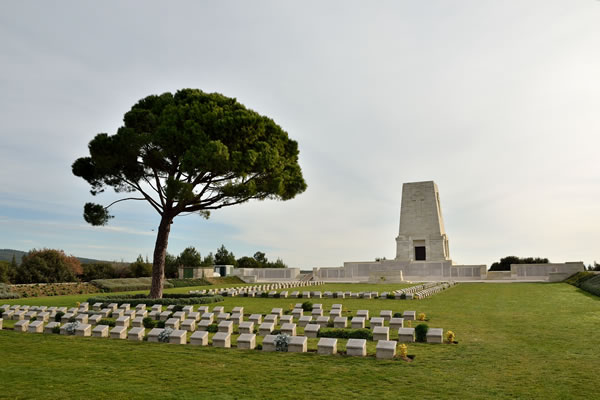 |
|
Lone Pine cemetery, named after the lone pine |
|
Eventually the battle of Gallipoli was one of the bloodiest battles of the First World War. In just nine months, more than 130,000 soldiers lost their lives on the battlefields of this small peninsula. One third of them were allied soldiers, and two thirds Turks. It was a terrible war that was mostly fought from trenches, often just a few meters away from each other. Especially the Battle of Lone Pine Ridge, named after a field on which a lone pine stood, has impressed us. During this battle, 7,000 soldiers lost their lives in just a few days’ time, on a field with the size of a soccer pitch. Nowadays the Gallipoli Peninsula is a peaceful place which is also converted into a national park. Everywhere you look, there are cemeteries (both Turkish and allied ones), statues, and other memorials to remind us the many lives that have been given here. Also, some of the trenches are still visible, which are perhaps the most visible and confrontational remnants of hell that took place here. Overall, the Gallipoli battlefields is an interesting place to visit not only to learn more about a war that has largely been forgotten, but also to realize how horrific war can be and that it should be avoided at any cost. |
|
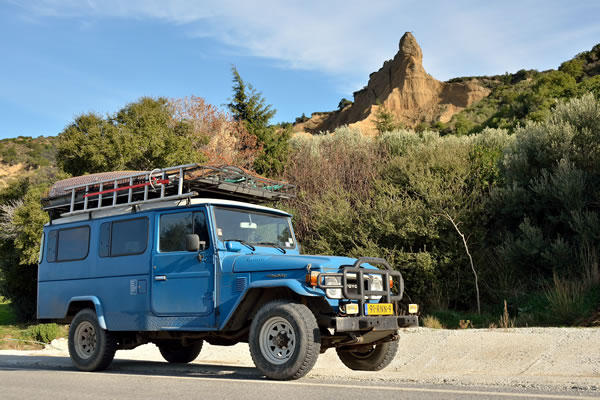 |
|
The Sphinx, the rock that so many soldiers have seen during their battles |
|
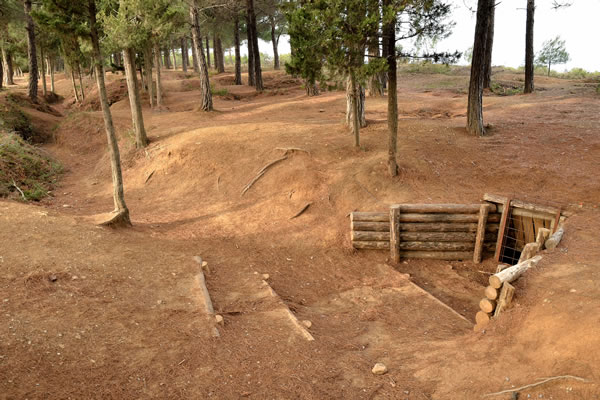 |
|
One of the surviving trenches, as witness of many misery |
|
 |
|
Green Hill cemetery |
|
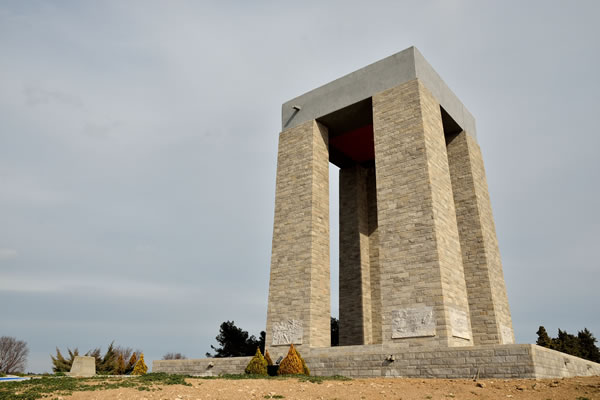 |
|
Memorial for the fallen Turkish soldiers on Gallipoli Peninsula |
|
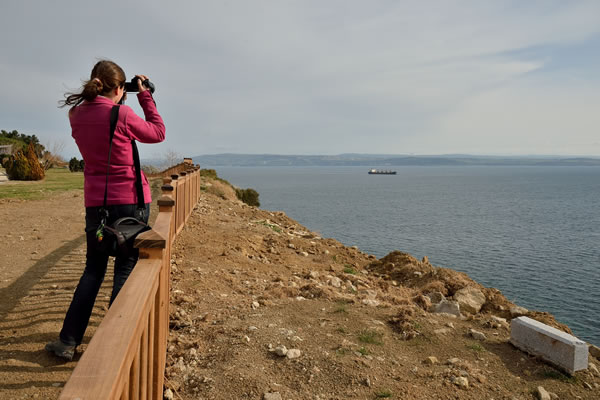 |
|
And this is where they fought for, the Dardanelles Strait © copyright - Babakoto.eu / 2014 |
|